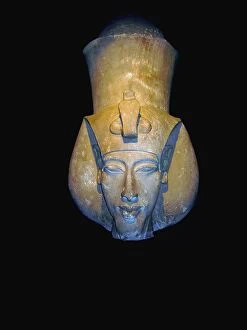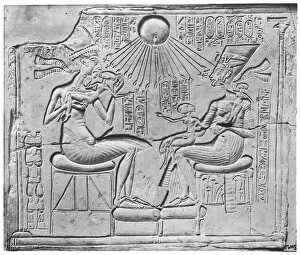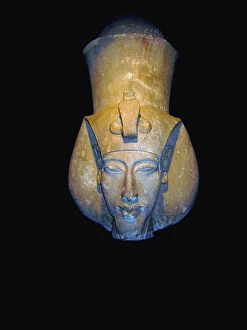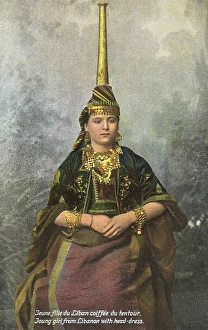Monotheistic Collection
Monotheism is a belief system that has shaped the course of human history, uniting diverse cultures and civilizations under the banner of one supreme deity
All Professionally Made to Order for Quick Shipping
Monotheism is a belief system that has shaped the course of human history, uniting diverse cultures and civilizations under the banner of one supreme deity. From ancient Egypt to modern-day Lebanon, monotheistic faiths have left an indelible mark on our world. In the land of pharaohs, Akhenaten dared to challenge tradition by proclaiming his devotion to a single god, Aten. The stela depicting Aten bestowing life and prosperity upon Amenophis IV (Akhenaten) serves as a testament to this radical departure from polytheism. Even in death, Akhenaten's sarcophagus adorned with gilded and painted wood stands as a symbol of his unwavering commitment to monotheistic worship. Across time and continents, monotheism continues its influence. Bibles and Qurans stand side by side as interfaith symbols representing Christianity, Islam, and Judaism – three major religions rooted in the belief in one God. These sacred texts guide millions towards spiritual enlightenment and moral guidance. Lebanon showcases another facet of monotheism through its married Druze woman wearing the Tantour hat. This traditional headpiece signifies adherence to Druzism – an esoteric faith that emphasizes unity with God through knowledge. Venturing further eastward brings us to Vietnam's Cao Dai temple – a mesmerizing sight where Caodaist disciples gather for ceremonies steeped in reverence for their singular divine being. Their dedication reflects how monotheistic principles transcend borders and cultural boundaries. Monotheism unites believers across time periods, geographical locations, and religious traditions. It represents humanity's quest for meaning beyond earthly existence while fostering harmony among different faiths seeking connection with something greater than themselves.





















